Text
Is Advanced Java training good for a full stack developer?
Yes, Advanced Java training can be beneficial for a full stack developer, depending on the specific areas covered in the training and the developer's goals. Advanced Java topics such as Java Enterprise Edition (JEE), design patterns, multithreading, performance optimization, and frameworks like Spring or Hibernate are highly relevant for building robust and scalable backend systems in full stack development.
Here are some reasons why Advanced Java training can be valuable for a full stack developer:
Backend Development: Advanced Java concepts are crucial for building the server-side components of web applications, including handling business logic, database interactions, and implementing RESTful APIs.
Frameworks and Tools: Learning advanced Java frameworks like Spring or Hibernate can streamline backend development tasks and make it easier to build complex applications efficiently.
Performance Optimization: Understanding advanced Java features such as memory management, concurrency control, and performance profiling can help optimize the performance of backend systems, leading to better user experiences.
Integration with Frontend: Full stack developers need to integrate frontend and backend components seamlessly. Advanced Java training can provide insights into building APIs and implementing communication protocols that facilitate this integration.
Career Growth: Having a strong grasp of advanced Java concepts can enhance a developer's skill set and make them more attractive to employers seeking experienced full stack developers.
However, it's essential to complement Advanced Java training with knowledge of frontend technologies, such as HTML, CSS, and JavaScript frameworks like React or Angular, to become a well-rounded full stack developer. Additionally, staying updated with emerging technologies and industry trends is crucial for continued growth and relevance in the field.
full stack developer course in chennai
full stack course in chennai
web developer course in chennai
python full stack developer course in chennai
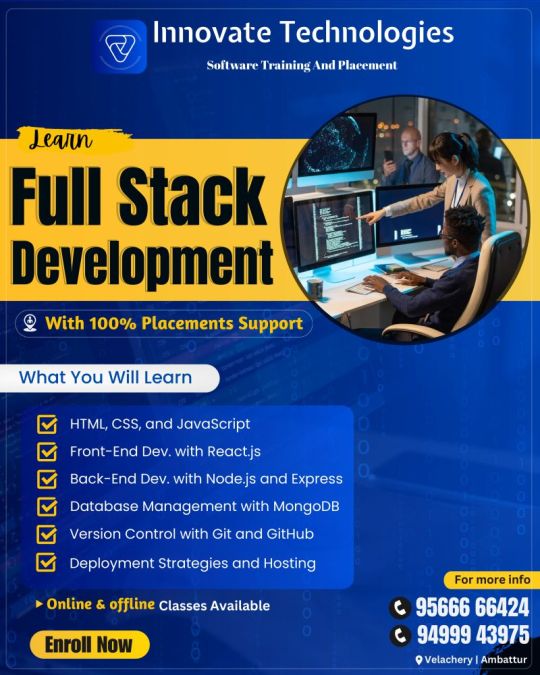
0 notes
Text
How is the PrepBytes full stack program?
PrepBytes offers a comprehensive Full Stack Development Program designed to equip students with the skills and knowledge needed to pursue a career in web development. While I can't provide real-time reviews, PrepBytes generally receives positive feedback for its structured curriculum, hands-on projects, and experienced instructors.
Here are some aspects to consider when evaluating the PrepBytes Full Stack Program:
Curriculum: PrepBytes typically covers a wide range of topics including HTML, CSS, JavaScript, front-end frameworks like React.js, back-end development with Node.js, databases such as MongoDB, and deployment strategies.
Hands-on Projects: Practical experience is crucial in learning web development. Look for programs that offer opportunities to work on real-world projects or build portfolio-worthy applications.
Instructor Quality: Experienced instructors can greatly enhance the learning experience. Check if PrepBytes instructors have industry experience and a track record of effectively teaching web development concepts.
Support and Community: A strong support system can make a significant difference in your learning journey. Consider whether PrepBytes provides access to mentors, forums, or communities where you can seek help and collaborate with peers.
Reviews and Testimonials: Research online reviews and testimonials from past students to get insights into their experiences with the program.
Ultimately, the effectiveness of the PrepBytes Full Stack Program will depend on your personal learning style, goals, and dedication to mastering the material. If you're considering enrolling, it's a good idea to reach out to current or former students for firsthand accounts of their experiences.
java full stack developer course in chennai
python full stack developer course in chennai
full stack development course in chennai
full stack training in chennai
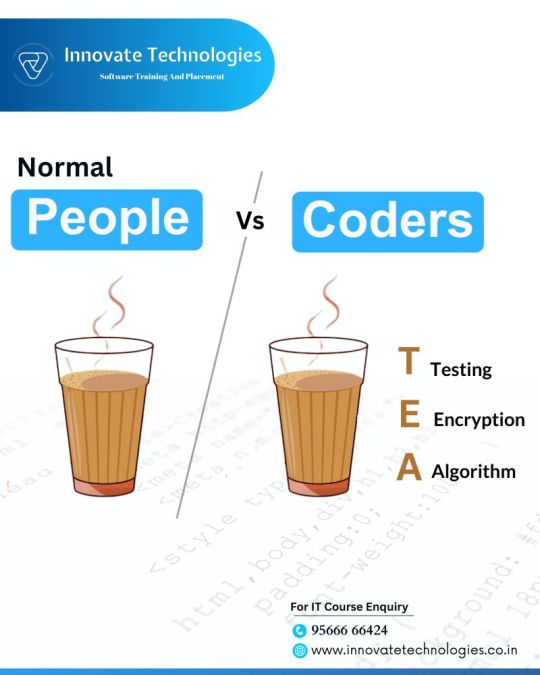
0 notes
Text
What is JavaScript and why is it important for web development?
JavaScript is a high-level, interpreted programming language primarily used for web development. It was created by Brendan Eich in 1995 and has since become one of the most popular programming languages in the world. JavaScript allows developers to add interactive elements, dynamic content, and functionality to websites.
Here’s why JavaScript is important for web development:
Client-Side Interactivity: JavaScript runs on the client-side (in the user’s web browser), enabling developers to create interactive user interfaces and respond to user actions in real-time without needing to reload the entire webpage. This leads to a more dynamic and engaging user experience.
Cross-Browser Compatibility: JavaScript is supported by all major web browsers, including Chrome, Firefox, Safari, and Edge. This ensures that JavaScript-powered features work consistently across different browsers and platforms.
Versatility: JavaScript is a versatile language that can be used for a wide range of purposes, including building web applications, mobile apps (using frameworks like React Native or Ionic), server-side development (with Node.js), game development, and more.
Frameworks and Libraries: JavaScript has a vast ecosystem of frameworks and libraries (e.g., React.js, AngularJS, Vue.js) that simplify and accelerate the development process by providing pre-written code for common tasks, such as DOM manipulation, state management, and routing.
Asynchronous Programming: JavaScript’s asynchronous programming model allows web developers to execute multiple tasks simultaneously without blocking the execution of other code. This is crucial for handling tasks like making HTTP requests, fetching data from servers, and updating the UI without freezing the browser.
Community and Support: JavaScript has a large and active community of developers who contribute to open-source projects, share knowledge, and provide support through forums, blogs, and social media platforms. This vibrant community ensures that developers have access to a wealth of resources and assistance when building web applications.
Overall, JavaScript plays a pivotal role in modern web development by enabling developers to create dynamic, interactive, and feature-rich websites and web applications that meet the demands of today’s users.

python full stack developer course in chennai
web development course in chennai
web developer course in chennai
0 notes
Text
What are the requirements to do a web development course?
The requirements for a web development course can vary depending on the institution offering the course and the level of expertise it targets. However, here are some common requirements you might encounter:
Basic Computer Skills: You should be comfortable using a computer and navigating the internet.
Understanding of HTML and CSS: Some courses might assume basic knowledge of HTML (Hypertext Markup Language) and CSS (Cascading Style Sheets), which are fundamental for web development.
Programming Fundamentals: Familiarity with programming concepts such as variables, loops, conditionals, and functions can be beneficial, especially for more advanced courses.
Mathematics: While not always explicitly required, having a basic understanding of mathematics, particularly algebra, can be helpful for understanding certain concepts in web development, such as layout design and algorithms.
Text Editor: Familiarity with a text editor or an Integrated Development Environment (IDE) for writing and editing code is useful. Popular choices include Visual Studio Code, Sublime Text, or Atom.
Internet Access: Since web development involves working with online resources and tools, a stable internet connection is essential.
Hardware Requirements: A computer or laptop capable of running the necessary software and tools for web development. Specific requirements can vary based on the tools used, but generally, a modern computer with sufficient processing power and memory is recommended.
Desire to Learn: Above all, a genuine interest and motivation to learn web development are crucial. It’s a field that evolves rapidly, so a willingness to adapt and continue learning is essential for success.
Before enrolling in a web development course, it’s a good idea to review the specific prerequisites and recommended skills outlined by the course provider to ensure you meet the requirements and are adequately prepared. Additionally, some courses may offer introductory materials or preparatory resources to help students get up to speed before diving into the main curriculum.
full stack developer course chennai
java full stack developer course in chennai
python full stack developer course in chennai
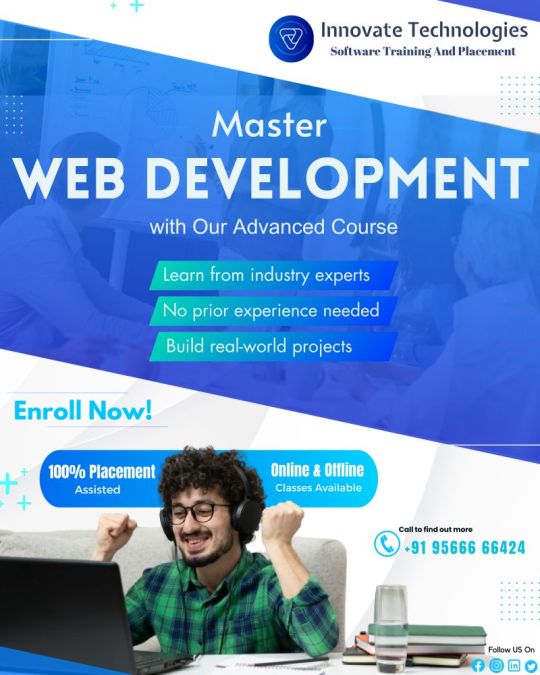
0 notes
Text
full stack developer course in chennai
What are 5 essential skills every web developer should have?
Sure, here are five essential skills for web developers:
HTML, CSS, and JavaScript: These are the foundational languages of the web. HTML provides the structure, CSS handles the presentation and styling, and JavaScript adds interactivity and functionality.
Responsive Design: With the increasing use of mobile devices, web developers need to ensure that their websites are responsive, meaning they adapt well to different screen sizes and devices.
Version Control/Git: Version control systems like Git are essential for managing code changes, collaborating with other developers, and maintaining a history of your work.
Problem-Solving Skills: Web development often involves encountering and solving complex problems. Being able to break down issues, research solutions effectively, and debug code efficiently are crucial skills for any developer.
full stack course in chennai
full stack developer course in chennai
full stack training in chennai
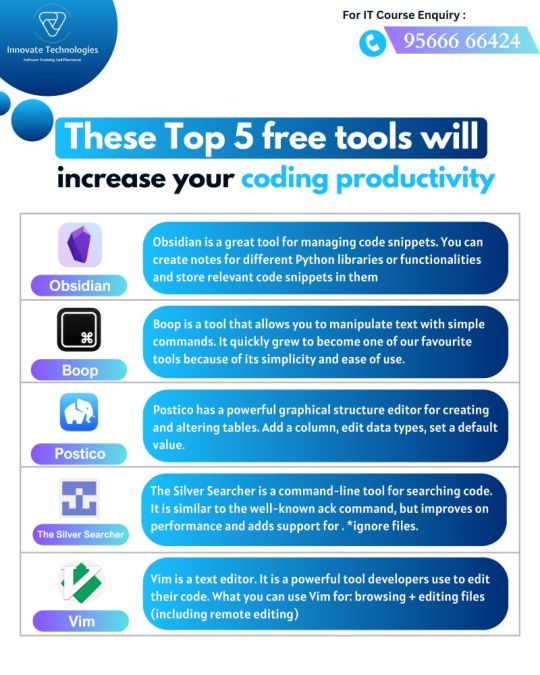
0 notes
Text
How I’d Learn Full-Stack Web Development?
Learning full-stack web development involves mastering both the front-end and back-end aspects of web development. Here's a step-by-step guide on how you can learn it:
Start with the Basics:
Get comfortable with HTML, CSS, and JavaScript, as they form the foundation of web development.
Learn about how web pages are structured (HTML), styled (CSS), and made interactive (JavaScript).
Front-End Development:
Dive deeper into front-end frameworks like React, Angular, or Vue.js. Choose one and learn it thoroughly.
Learn about responsive design, CSS frameworks like Bootstrap or Tailwind CSS, and how to make your web applications look good across different devices and screen sizes.
Practice building different types of user interfaces and components.
Back-End Development:
Choose a back-end technology stack. Common options include Node.js with Express, Python with Django or Flask, Ruby on Rails, or Java with Spring.
Learn about databases and how to interact with them using SQL. Understand concepts like database design, querying, and optimization.
Practice building RESTful APIs to handle data exchange between the front end and back end of your application.
Databases:
Learn about different types of databases, including relational databases (like MySQL, PostgreSQL) and NoSQL databases (like MongoDB).
Understand how to model data effectively, normalize databases, and ensure data integrity.
Version Control:
Learn Git and GitHub. Version control is crucial for collaborative development and managing code changes effectively.
Deployment and Hosting:
Learn about deploying web applications. Explore platforms like Heroku, AWS, or DigitalOcean.
Understand domain management, DNS, and SSL certificates for securing your applications.
Security:
Learn about common security threats and how to mitigate them, such as Cross-Site Scripting (XSS), Cross-Site Request Forgery (CSRF), and SQL injection.
Understand authentication and authorization mechanisms.
Testing and Debugging:
Learn about testing frameworks for both front-end and back-end code.
Practice debugging techniques to identify and fix issues in your code.
Continuous Learning:
Stay updated with the latest trends and technologies in web development. Follow blogs, attend webinars, and participate in online communities like Stack Overflow or Reddit.
Build Projects:
The best way to solidify your learning is by building projects. Start with small projects and gradually work your way up to more complex ones. This will not only help you apply what you've learned but also showcase your skills to potential employers.
Remember, learning full-stack web development is a journey that requires dedication, practice, and continuous learning. Don't get discouraged by challenges along the way; they're all part of the learning process. Keep building, experimenting, and refining your skills, and you'll eventually become proficient in full-stack web development.
full stack developer course in chennai
full stack training in chennai
full stack development course in chennai
full stack course in chennai
full stack developer course chennai
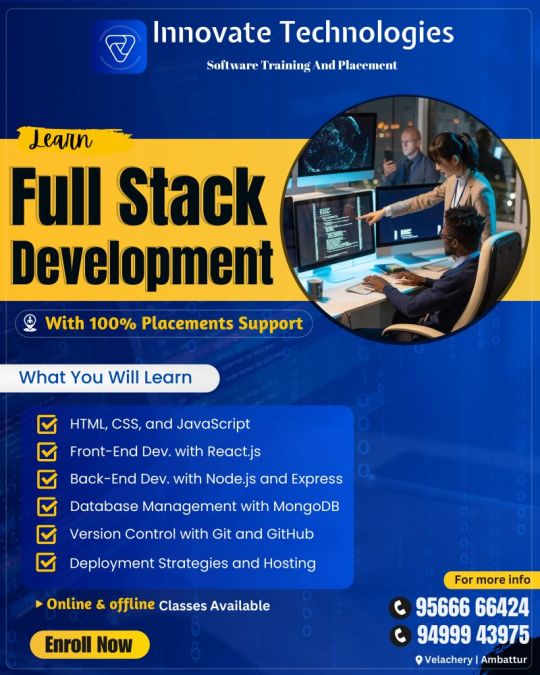
0 notes
Text
What are good ways to learn web development?
Learning web development can be an exciting journey! Here are some effective ways to get started:
Online Courses and Tutorials: Websites like Udemy, Coursera, and freeCodeCamp offer comprehensive courses on web development. Look for courses that cover HTML, CSS, JavaScript, and popular frameworks like React, Angular, or Vue.js.
Interactive Platforms: Platforms like Codecademy and freeCodeCamp offer hands-on coding experiences where you can practice building real projects while learning. These platforms often provide immediate feedback, which can be very helpful.
Books: There are many books available on web development for beginners to advanced learners. Some popular ones include "Eloquent JavaScript" by Marijn Haverbeke and "HTML and CSS: Design and Build Websites" by Jon Duckett.
Documentation and Tutorials from Frameworks and Libraries: If you're interested in a particular framework or library, such as React or Bootstrap, make sure to read their official documentation and follow tutorials available on their websites.
YouTube Tutorials: YouTube is a treasure trove of web development tutorials. Channels like Traversy Media, The Net Ninja, and Academind offer high-quality tutorials on various web development topics.
Practice Projects: Build real projects to apply what you've learned. Start with simple projects like a personal website or a to-do list app, and gradually move on to more complex ones as you gain confidence.
Join Coding Communities: Participate in coding forums like Stack Overflow, Reddit's r/webdev, or GitHub communities. Engaging with other developers can provide valuable insights and help you stay motivated.
Attend Workshops and Meetups: Look for web development workshops and meetups in your area. These events provide opportunities to learn from experienced developers, network with peers, and stay updated on industry trends.
Contribute to Open Source Projects: Contributing to open source projects on platforms like GitHub is a great way to gain practical experience, collaborate with others, and build your portfolio.
Continuous Learning: Web development is a rapidly evolving field, so make sure to stay updated with the latest technologies, tools, and best practices by regularly reading blogs, following industry leaders on social media, and attending conferences or webinars.
java full stack developer course in chennai
python full stack developer course in chennai
web development course in chennai
web developer course in chennai

0 notes
Text
full stack course in chennai
How do I create and design websites?
Creating and designing websites involves several steps, from planning and designing the layout to coding and launching the site. Here’s a general overview of the process:
Define Your Goals: Determine the purpose of your website. Is it for personal use, business, blogging, or e-commerce? Understanding your goals will guide the design and functionality.
Plan Your Content: Outline the pages you’ll need and the content for each page. This could include a homepage, about page, contact page, product pages, etc.
Choose a Domain Name and Hosting: Select a domain name (the web address) that reflects your brand or content. Choose a reliable web hosting provider to store your website’s files and make them accessible on the internet.
Design the Layout: Sketch out the layout of your website, including where different elements will go such as headers, navigation menus, content sections, and footers. You can use design tools like Adobe XD, Figma, or Sketch for this step.
Create Mockups or Wireframes: Develop wireframes or mockups of your website design using software like Adobe Photoshop, Adobe XD, or Sketch. This will give you a visual representation of how your website will look and function.
Coding: Depending on your skill level and preferences, you can either code your website from scratch using HTML, CSS, and JavaScript, or use website builders and content management systems (CMS) like WordPress, Wix, or Squarespace.
Content Creation: Write and gather the content for your website, including text, images, videos, and other media. Make sure the content is engaging, informative, and relevant to your audience.
Responsive Design: Ensure your website is responsive, meaning it looks good and functions well on various devices and screen sizes, including desktops, laptops, tablets, and smartphones.
Testing: Test your website thoroughly to ensure everything works as expected. Check for broken links, compatibility issues, and usability on different browsers and devices.
Launch: Once you’re satisfied with your website, it’s time to launch it. Make it live by uploading your files to your web hosting server and configuring your domain name.
Optimization and Maintenance: Regularly update your website with fresh content, security patches, and software updates. Monitor its performance using analytics tools and make improvements as needed to enhance user experience and achieve your goals.
Remember, creating a website is an iterative process, and it’s okay to make changes and improvements over time based on feedback and evolving needs.
full stack developer course in chennai
full stack training in chennai
full stack development course in chennai
full stack course in chennai
full stack developer course chennai
java full stack developer course in chennai
python full stack developer course in chennai
web development course in chennai
web developer course in chennai
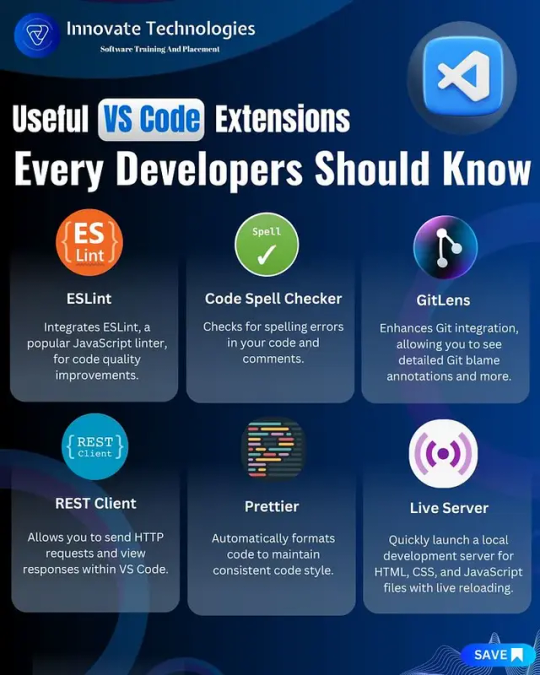
How do I create and design websites?
Creating and designing websites involves several steps, from planning and designing the layout to coding and launching the site. Here’s a general overview of the process:
Define Your Goals: Determine the purpose of your website. Is it for personal use, business, blogging, or e-commerce? Understanding your goals will guide the design and functionality.
Plan Your Content: Outline the pages you’ll need and the content for each page. This could include a homepage, about page, contact page, product pages, etc.
Choose a Domain Name and Hosting: Select a domain name (the web address) that reflects your brand or content. Choose a reliable web hosting provider to store your website’s files and make them accessible on the internet.
Design the Layout: Sketch out the layout of your website, including where different elements will go such as headers, navigation menus, content sections, and footers. You can use design tools like Adobe XD, Figma, or Sketch for this step.
Create Mockups or Wireframes: Develop wireframes or mockups of your website design using software like Adobe Photoshop, Adobe XD, or Sketch. This will give you a visual representation of how your website will look and function.
Coding: Depending on your skill level and preferences, you can either code your website from scratch using HTML, CSS, and JavaScript, or use website builders and content management systems (CMS) like WordPress, Wix, or Squarespace.
Content Creation: Write and gather the content for your website, including text, images, videos, and other media. Make sure the content is engaging, informative, and relevant to your audience.
Responsive Design: Ensure your website is responsive, meaning it looks good and functions well on various devices and screen sizes, including desktops, laptops, tablets, and smartphones.
Testing: Test your website thoroughly to ensure everything works as expected. Check for broken links, compatibility issues, and usability on different browsers and devices.
Launch: Once you’re satisfied with your website, it’s time to launch it. Make it live by uploading your files to your web hosting server and configuring your domain name.
Optimization and Maintenance: Regularly update your website with fresh content, security patches, and software updates. Monitor its performance using analytics tools and make improvements as needed to enhance user experience and achieve your goals.
Remember, creating a website is an iterative process, and it’s okay to make changes and improvements over time based on feedback and evolving needs.
full stack developer course in chennai
full stack training in chennai
full stack development course in chennai
full stack course in chennai
full stack developer course chennai
java full stack developer course in chennai
python full stack developer course in chennai
web development course in chennai
web developer course in chennai
0 notes
Text
it course in chennai
0 notes
Text
full stack developer course in chennai
0 notes
Text
full stack development course in chennai
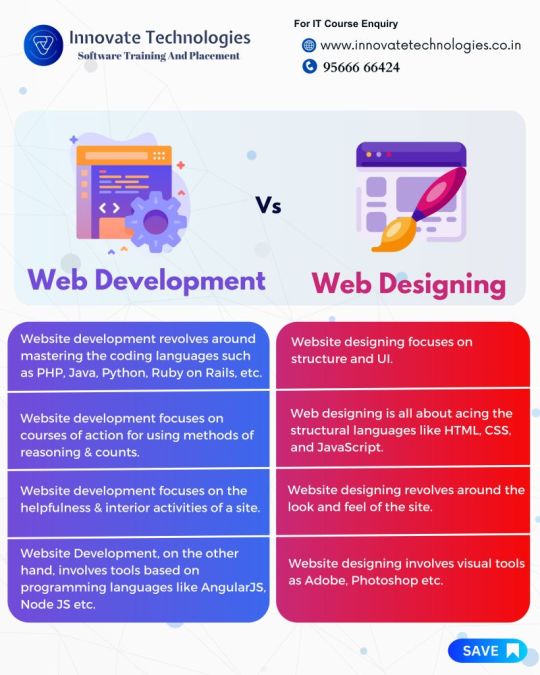
What are the key advantages of using React for web development?
React is a popular JavaScript library for building user interfaces, and it offers several key advantages for web development:
Component-Based Architecture: React follows a component-based architecture, where UIs are broken down into reusable components. This modular approach simplifies development, encourages code reuse, and makes it easier to maintain and scale applications.
Virtual DOM: React utilizes a virtual DOM to efficiently update the user interface. Instead of directly manipulating the DOM, React creates a lightweight virtual representation of the DOM in memory and updates it in an optimized way. This results in faster rendering and improved performance, especially in complex applications.
Declarative Syntax: React uses a declarative programming paradigm, where developers describe the desired UI state, and React handles the DOM updates. This makes the code more predictable, easier to understand, and less error-prone compared to imperative approaches.
JSX: React introduces JSX, a syntax extension that allows developers to write HTML-like code directly within JavaScript. JSX makes it easier to visualize and understand the UI components, enables the use of JavaScript expressions, and facilitates the integration of HTML and JavaScript.
Unidirectional Data Flow: React enforces a unidirectional data flow, where data flows downwards from parent components to child components via props. This simplifies data management, reduces bugs related to data synchronization, and makes it easier to trace and debug application state.
Rich Ecosystem and Community Support: React has a vast ecosystem of libraries, tools, and community resources, including React Router for routing, Redux for state management, and React Native for building native mobile apps. The large and active community provides extensive support, documentation, and a wealth of tutorials and examples.
Performance Optimization: React provides various performance optimization techniques, such as virtualization, code splitting, and memoization, to improve the speed and efficiency of applications. Additionally, React's reconciliation algorithm minimizes unnecessary DOM updates, further enhancing performance.
Cross-Platform Compatibility: React can be used to build applications for various platforms, including web, mobile, and desktop, using frameworks like React Native and Electron. This enables developers to leverage their React skills to target multiple platforms with a single codebase.
Overall, React offers a powerful combination of performance, flexibility, and developer-friendly features that make it a preferred choice for web development.
Full stack course in chennai
Full stack developer course in chennai
Full stack development course in chennai
0 notes